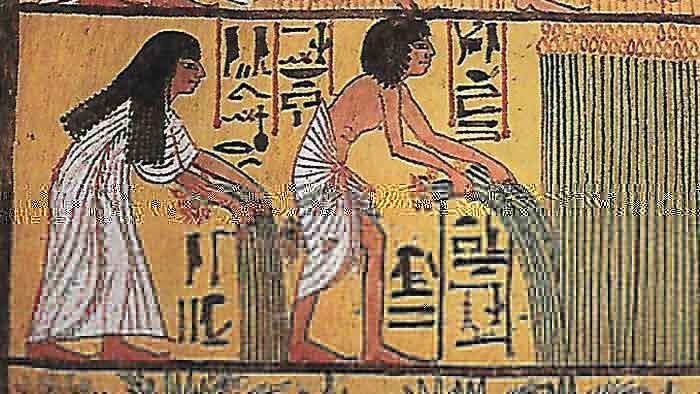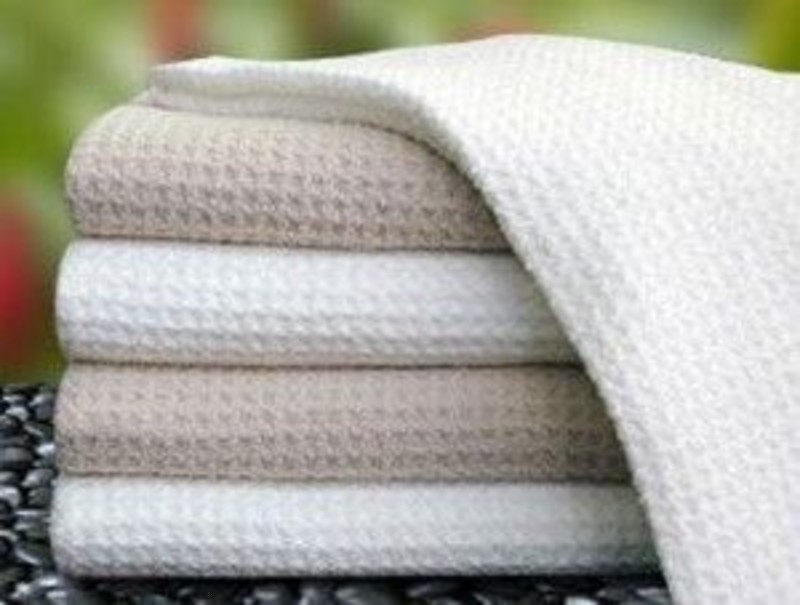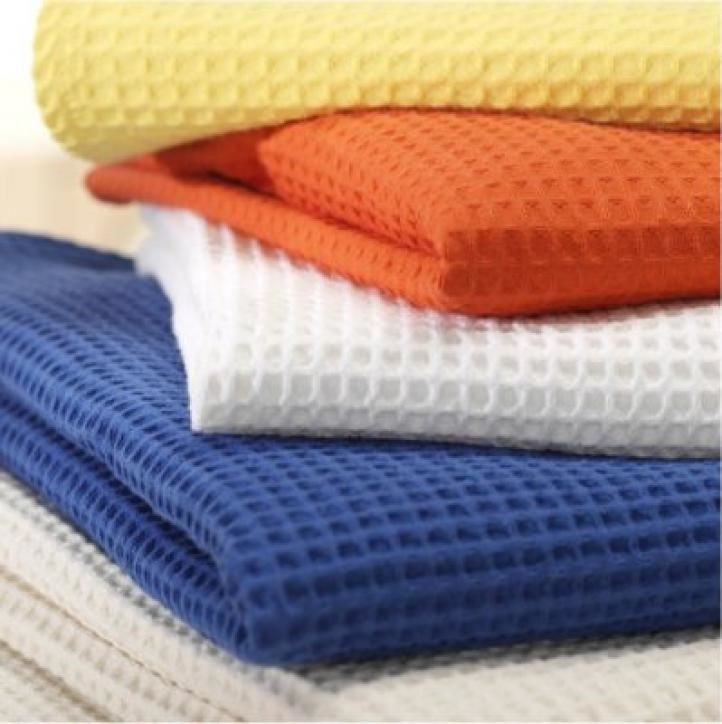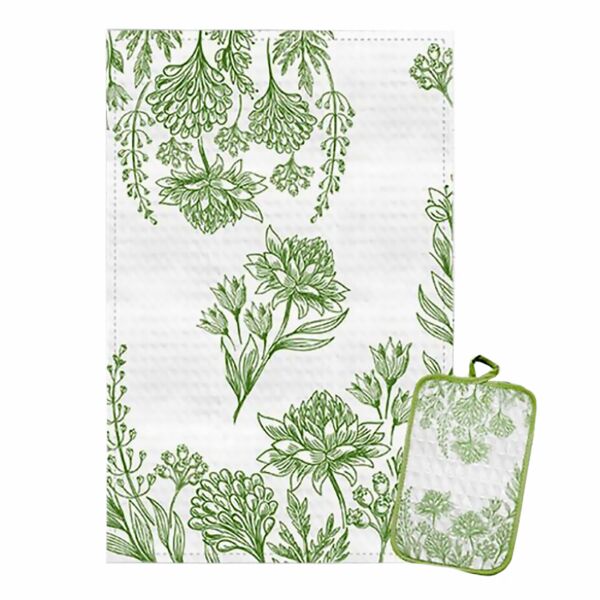Towels
Is it really possible to imagine a modern house without towels? A towels is one of the most multi-functional household items. This piece of cloth, made of synthetic or natural material, is often used in the kitchen, for the bathing and personal hygiene purposes, and even as a house decoration. Towels can be plain or might be vividly decorated with rich embroidery. They might be strictly utilitarian or might be used as a symbol of the prosperity of the house. It is not a surprising fact that the towel has a long history that extends to the ancient times.
Flax was the first material
The very first raw material for towel manufacturing in ancient civilizations was flax. It was cultivated for fiber in ancient Egypt, Babylon, Assyria. Linen fabric is considered the most ancient because it was already used 10 thousand years ago. Ancient weavers were unbelievable artisans. They were able to create such a thin fabric that a human body could be seen through its five layers, and linen clothing could be easily pulled through a wedding ring. Flax fibers were also widely known for their good anti-bacterial properties. Neither bacteria nor fungi could live on it. Flax also perfectly absorbs moisture and dries quickly. All these qualities made flax the perfect material for towel production dozens of centuries ago.

The countries of the Mediterranean and Mesopotamia used linen towels, as well. A whole culture of bathing appeared on these lands 5 thousand years ago. Towels became synonyms of purity.
For the ancient Romans, bathing had become a kind of a cult. Baths were available to everyone: from rich senators to slaves. In the cities of the Roman Empire, aqueducts were laid and baths were erected, so that the Romans could enjoy water treatments at any time. After bathing procedures the citizens of the empire wiped their bodies and faces with linen towels. It is an interesting fact that in ancient Egypt mummies were wrapped in long linen towels, soaked in a special resin composition, during the process of mummification. Thus, flax has held a leading place in the culture of bathing in the ancient times.
Other technology
The people of the Middle East still retain the tradition of weaving towels using the same technology, which is employed to weave carpets.
During the early Medieval Times, the technology of manufacturing terry towels was born. Terry towels were soft, fleecy, and were first used in Turkey. At that time flax was replaced by cotton in the technology of manufacturing towels. Hot baths were an important component of the daily life of the Ottoman Turks. They created the tradition functional division of bath towels. The Turks made up a whole set of a variety of towels for the head, shoulders, chest, legs, feet. In Medieval Turkey the towel became a luxurious attribute, embroidered and beaded in a beautiful, elaborate manner. Soon cotton terry towels were widely distributed in Europe and in the East. The cotton fabric had a softer structure, was more delicate and water-absorbing than linen fabric. A terry towel also created a pleasant massage effect, when used, and did not irritate the skin.


The Reform of the Waffle Towels
Turks also invented a waffle towel. It was woven for the first time in the city of Bursa in the 18th century. A group of professional craftsmen who mastered different techniques of interlacing threads invented a canvas that resembled a modern confection ornament it its structure, a waffle. Though at first, fabric manufacturers were skeptical of new fabric, the demand for it was strong. In the 18th century waffle towels were strictly handmade and had a higher price than any other type of towel.
Synthetic Struggles, Round One
Nowadays, flax and cotton are no longer the main components of towel fabric. Synthetic fibers and microfiber have replaced the natural ones. These microfiber towels are extremely soft, lightweight and a phenomenal ability to absorb moisture. Disposable towels, made of non-woven spun lace, are also used by people these days on the regular basis.
The Traditional Towel of the Slavs
The Slavs considered flax the main fabric for towel manufacturing. The famous Rushnik was used in various rituals: at weddings, at birth, at funerals. The pieces of linen cloth for wiping the face, hands and dishes were called scraps or scrapers. A rushnik was not intended for cleaning the kitchenware or maintaining personal hygiene. It strictly served for religious purposes.
There existed different types of Rushniks. As a road charm, merchants and pilgrims took the towel with them while traveling. A newborn child was wrapped in maternity towel. Wedding rituals were conducted with a wedding towel. Rushnik is used as a hospitality symbol nowadays. Today, bread and salt are carried out on the surface of a Rushnik when meeting deer guests.

The classic linen Rushnik was 15.7’’ (40 cm) wide and 1,1’’ (3 meters) long. This cloth was decorated with various embroideries. It contained depictions of birds, animals, crosses, plants, geometric shapes. Until the XVIII century, the patterns on the towels had a sacred meaning, which many Rushniks retain to this day. Nowadays, great attention is paid to the design of towels, since their aesthetic look play the leading role in creating their value.
In St-Petersburg Global Trade House you will find a great number of beautiful towels for kitchen, personal hygiene, or just decoration purposes.



































